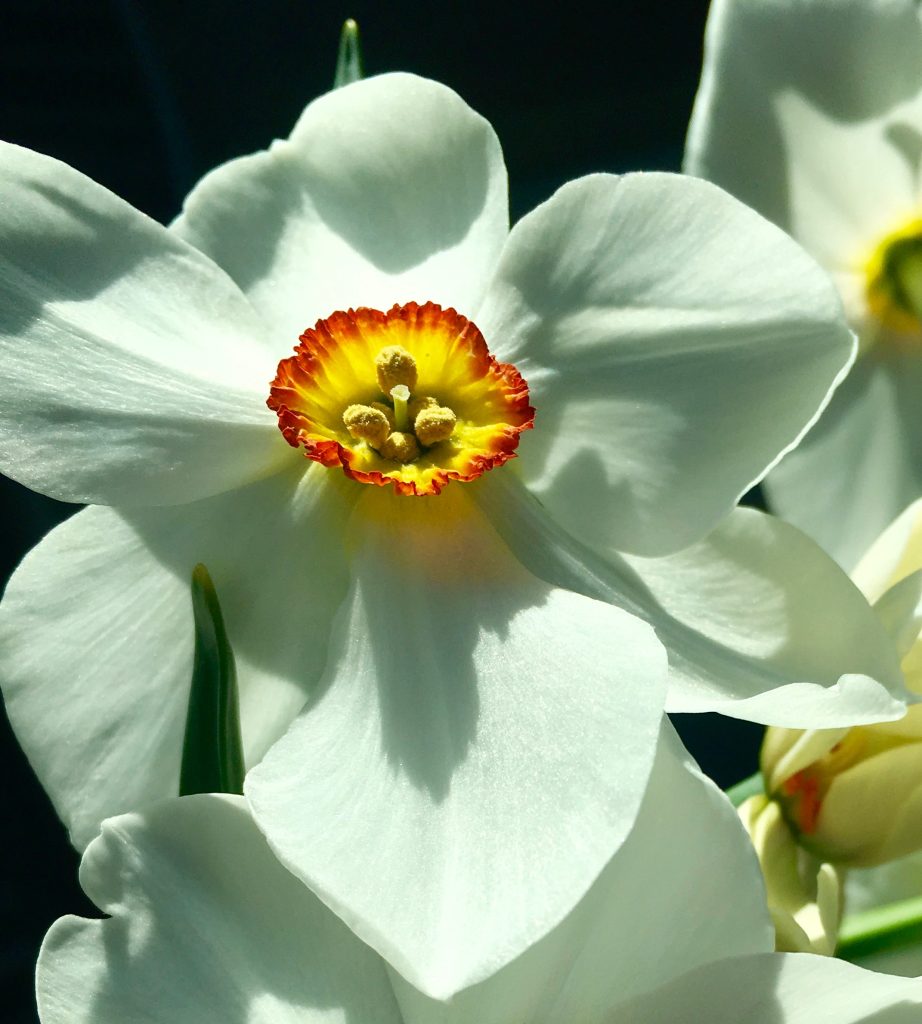One of the things I enjoy most about this time of year is the opportunity to add spring-flowering bulbs to my designs and surprise clients when they bloom in the springtime.

The bulbs I ordered this summer will start arriving soon and it’s not too late to add bulbs to your garden this fall. Nurseries and garden stores are fully stocked and online vendors still have good availability.
To achieve maximum impact plan ahead, make a list, and stay focused when shopping for bulbs. You may decide to make a change later, but you won’t get lost when considering a sea of options.
Here are some things you should consider when designing with bulbs:
Color – What colors best complement or contrast with the other flowers and plants in your garden that bloom at the same time? Do you want to coordinate with or accentuate the trim color of your house, planters, or other garden features?
Bloom time – Bulbs are divided into three categories based on bloom time: early, mid and late season. A “lasagna” is a method of planting bulbs in layers so they flower in succession, thereby maximizing the bloom cycle and saving space. This method is perfect for small spaces and also works when planting bulbs in pots.
The first to bloom in late winter are Galanthus (snowdrop). They establish slowly so plant them in groups of a dozen or more creating a clump that will become more dense and increase in size with each year. Due to their small size (between three and six inches), it is easy to find room for snowdrops even in a tiny garden. They prefer rich soil and will not tolerate rocky, sandy, or hard clay soils.
Next up are crocus. A good choice for beginners or anyone who wants a vigorous bulb that is reliable and easy to grow almost anywhere. Like Galanthus, if planted in groups, crocus will become dense clumps that increase in size each year. They are easy to plant (only 3 inches deep) and do not require maintenance.
Daffodils and Narcissus bloom mid-season. These flowers come in many colors, shapes, and sizes. Long, graceful stems make them excellent for mass plantings or as a tall element in a planting composition.
If fragrance is what you want, you can’t beat the sweet smell of hyacinths. The flowers are short-lived so they are best planted among other bulbs.
Tulips are elegant, but choose carefully if you want repeat performances. Some varieties may peter out after a few years. For gardeners who like to change things up, this is an opportunity to try new varieties or play with various color combinations. The Darwin tulips tend to perennialize the best and come back reliably year after year. With so many tulips to choose from, if you don’t like experimenting, stick with the varieties that have a proven track record. Keep in mind that bulbs (especially tulips) need good drainage and may rot if drainage is inadequate.
Dramatic and architectural allium (ornamental onion) are the last to bloom in late spring or early summer. Some varieties have flower stems that grow up top 4′ tall so they can be planted among other plants or as the bottom layer of a “lasagna” planting.
Looking for more ideas? Contact me for a design consultation to learn about landscape design or how to maximize the impact of plantings for any spot in your garden.
